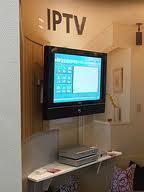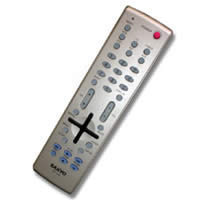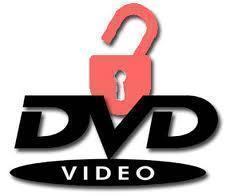IPTV is an acronym for Internet Protocol TV. It essentially is a technology that delivers video or TV broadcasts over the Internet. Instead of receiving television or video over the broadcast waves, cable lines or through a satellite TV service, your TV is hooked directly into a broadband Internet router and receives digital signal directly over the Internet.
Many analysts have stated that IPTV is definitely the trend for the future of television broadcasts. Many broadband operators, telephone companies and cable companies that already pipe in broadband Internet to homes can easily add this service.
Advantages
There are many advantages of IPTV over current digital or over the air broadcast TV signals; here are a few of them.
Integration
Integration can be a great way for many companies to offer several services in one integrated package. For instance, IPTV can also be packaged with normal broadband Internet as well as VoIP (Voice over Internet Protocol). All these services can be over one line sent directly to the consumer. This means that costs can be reduced and the consumer only has to deal with one provider instead of possibly three, making it more convenient.
Switched IP
Most home owners don’t realize that cable TV broadcasters and Satellite TV broadcasters generally send all television signals at one time and then the consumer chooses which signal to show on the television set. This means that lots of bandwidth is used unnecessarily. With switched IP (IPTV uses switched IP technology), the entire process is more efficient. All the TV data is held in a center location and only the channel that the consumer at home chooses is piped in. This means much more bandwidth for either better quality broadcasts or the ability to add much more data choices due to the fact that bandwidth is no longer such a big issue.
Interactivity
Interactivity is much easier to perform with IPTV than a normal cable, satellite or broadcast TV system. Because IPTV is delivered over the Internet where the consumer already has a modem in place, it is extremely easy for data to move from the TV company to the house, as well as data moving easily from the house back to the TV company. There will surely be many innovations on how to best interact between the consumer and TV company via television. Some ways interactive TV is already used is to purchase products directly from your TV set, such as buying items seen on a commercial or even ordering pizza. Another way that interactive TV can be used is by people requesting more information from their TV set on a program that they watched such as statistics while watching a baseball game. In addition, there are many ways that people can vote or take surveys while watching their favorite TV program.
Home Network
Not only is your TV set hooked up to the Internet, but all other computers in your home are hooked up to the same network, allowing you to use your TV to play media files that are stored on other computers. This may include digital photos, videos, surf the web or play music. In addition, many monitors have TV tuners built in or can accommodate TV tuners making your computer monitor an additional TV set in the home.
Video on Demand (VOD)
Video on Demand (VOD) is an interactive feature that allows you to request programs such as movies, TV shows, etc at your convenience. For instance, you might want to watch an HBO special that has already took place. A few years ago, you would have had to check the listings and made time to watch it or recorded it on your VCR or DVR. Today, you can easily turn on your TV set, scroll through a menu and request the programming that you wish to watch. IPTV makes this interactivity extremely efficient and convenient.
Better Compression
IPTV produces a great picture and plenty of programming options such as interactivity, networking,integration, etc; however it can also deliver better images due to its compression. IPTV uses an improved standard of compression than the current digital television standard (FTA). This means that not only are file sizes being sent to your TV set smaller in size, the quality of the TV image is higher.
Disadvantages
While the advantages of IPTV greatly outweigh the disadvantages, there are a couple of disadvantages that you should be aware of.
Packet Loss
IPTV uses the same technology that other types of data use to send and receive information (Internet Protocol). Due to this fact, your TV may experience from time to time a pack loss or delays. Your experience can be significantly worse if your IPTV connection is not up to par or not quick enough.
Currently No Support for HDTV
Most of the IPTV systems currently do not support HDTV broadcasts. However, technology is improving and since this is an important issue most analysis state that this will be corrected in the near future.




Konrad
I really think that tv as we know it will phase out over time and be viewed on the net from there on